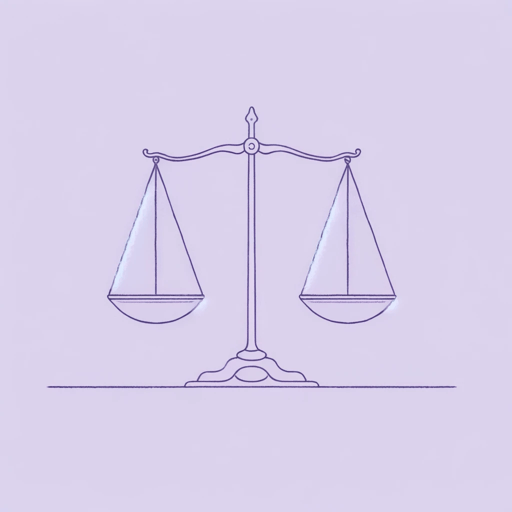19 pages • 38 minutes read
Langston HughesChildren’s Rhymes
Fiction | Poem | Adult | Published in 1926A modern alternative to SparkNotes and CliffsNotes, SuperSummary offers high-quality Study Guides with detailed chapter summaries and analysis of major themes, characters, and more.
Background
Literary Context
Although "Children's Rhymes" was first published years after the Harlem Renaissance, the poem reflects the major tenants of the literary movement and shows how it helped Black writers maintain a forceful, distinct expression after the 1920s and 30s. While the poem's rhythm relates to the rhymes kids often recite, the diction is also an example of Black English or African American Vernacular English (AAVE). This is the name commonly attached to the dialect spoken by some Black people. Words like "ain't" and "a-tall" link to Black English and the drive for Black writers to express their condition and feelings in a voice that represents them and not what white people want Black people to be or sound like. As Hughes wrote in “The Negro Artist and the Racial Mountain,” "If white people are pleased we are glad. If they are not, it doesn’t matter.
At the same time, the poem is a part of a literary moment when many books became concerned with the injustices and situations facing Black people in the mid-20th century. In his essay, "Autobiographical Notes" (1955), James Baldwin complains that the shelves "groan" due to the amount of literature about Black people.
Related Titles
By Langston Hughes

Cora Unashamed
Langston Hughes
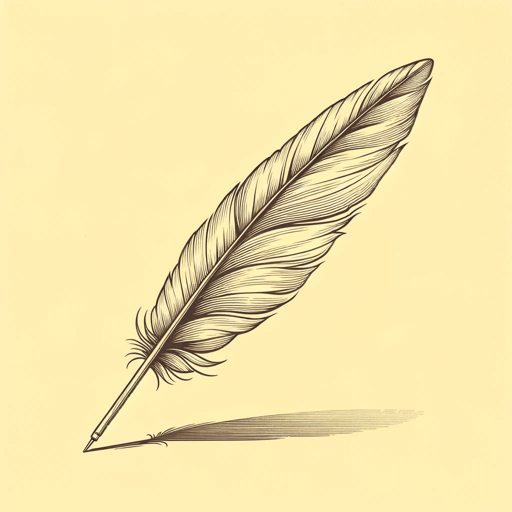
Dreams
Langston Hughes

Harlem
Langston Hughes
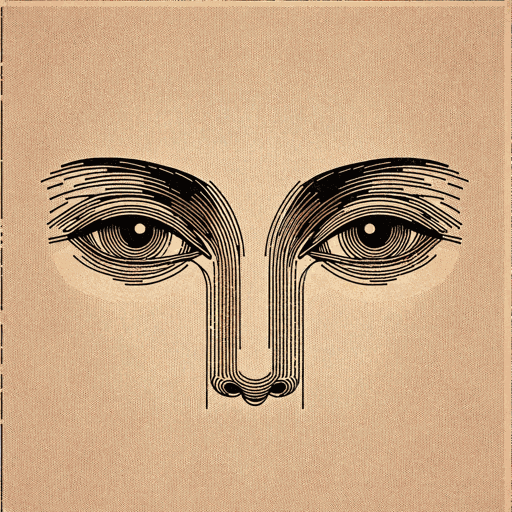
I look at the world
Langston Hughes
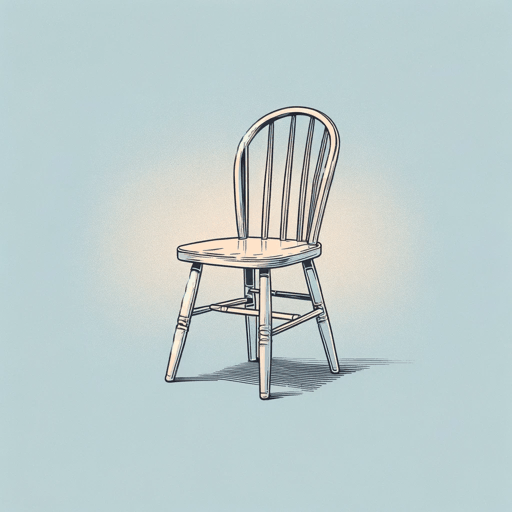
I, Too
Langston Hughes

Let America Be America Again
Langston Hughes
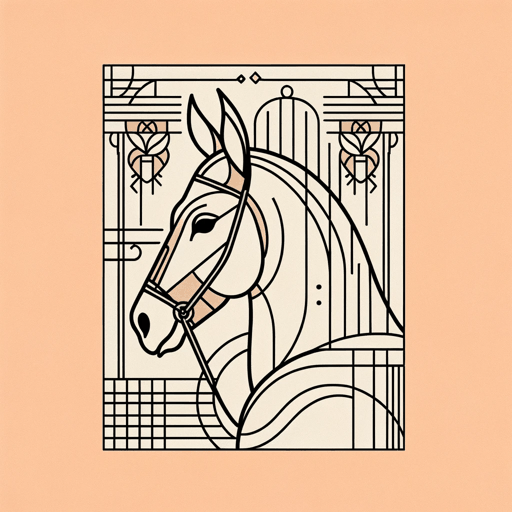
Me and the Mule
Langston Hughes

Mother to Son
Langston Hughes

Mulatto
Langston Hughes

Mule Bone: A Comedy of Negro Life
Langston Hughes, Zora Neale Hurston
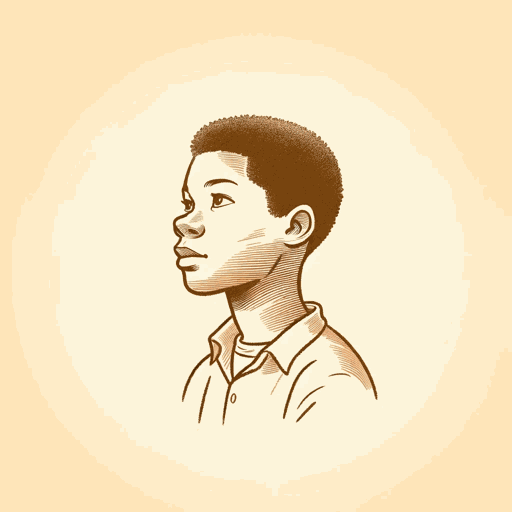
Not Without Laughter
Langston Hughes

Slave on the Block
Langston Hughes
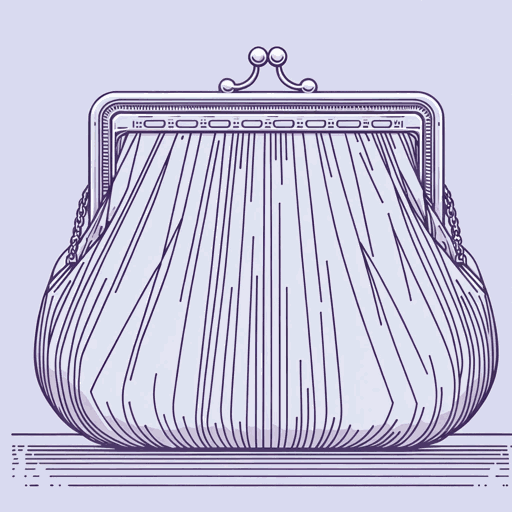
Thank You, M'am
Langston Hughes

The Big Sea
Langston Hughes
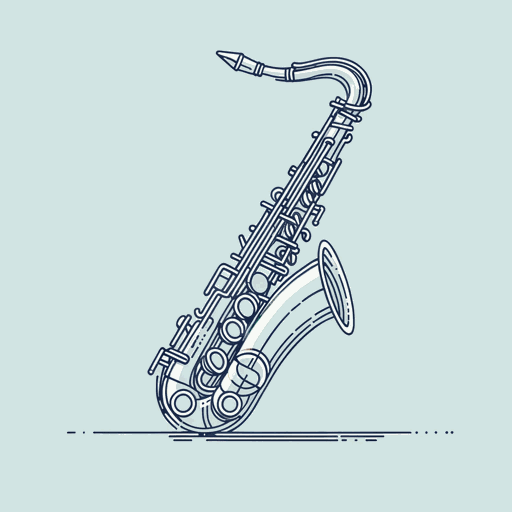
Theme for English B
Langston Hughes

The Negro Artist and the Racial Mountain
Langston Hughes

The Negro Speaks of Rivers
Langston Hughes
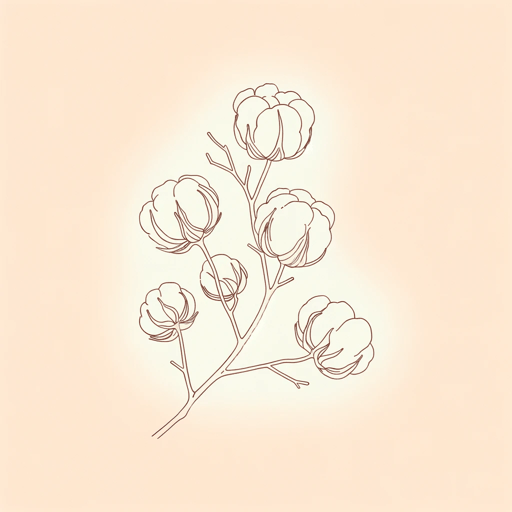
The Ways of White Folks
Langston Hughes

The Weary Blues
Langston Hughes

Tired
Langston Hughes
